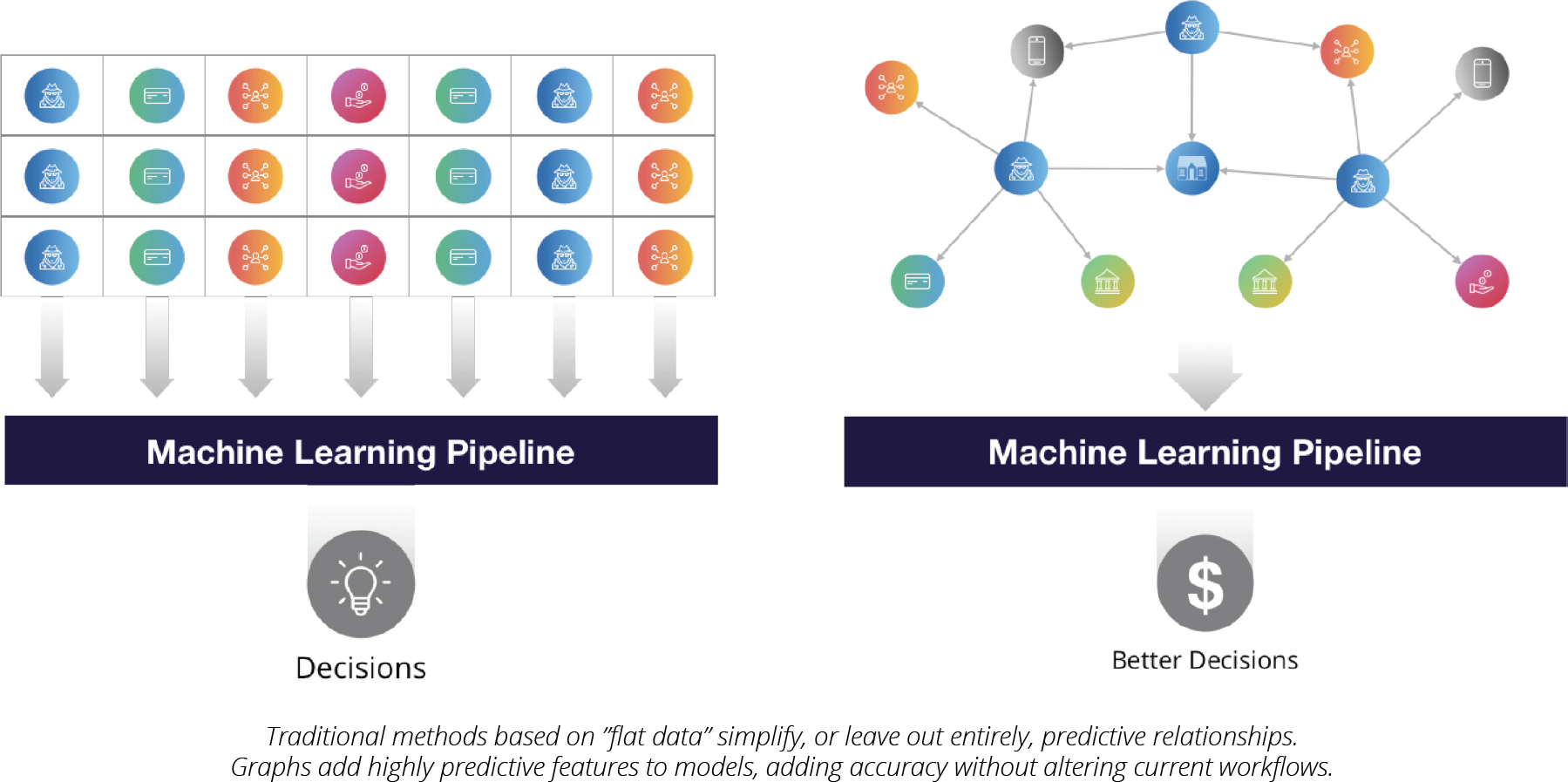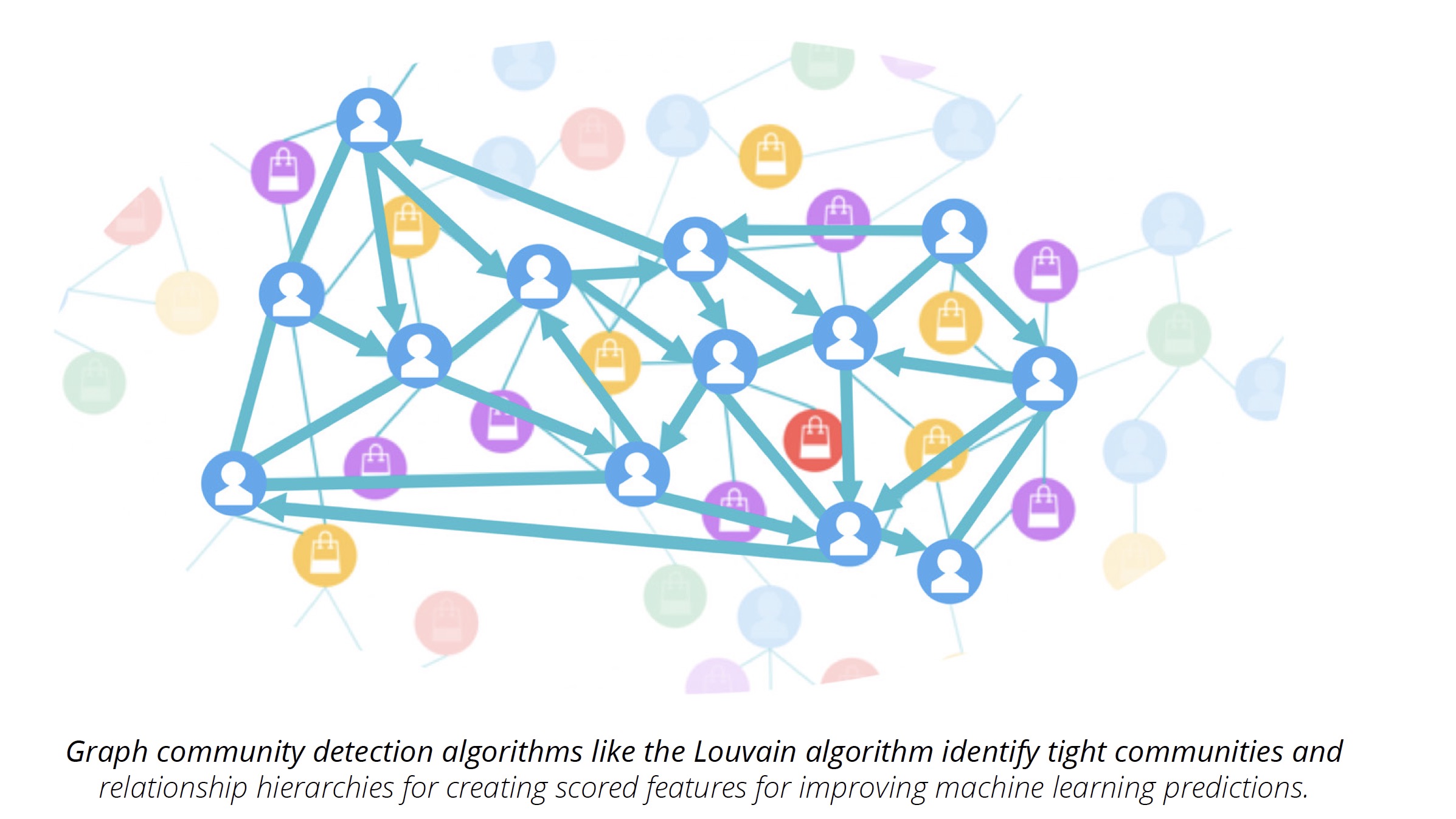AI & Graph Technology: Connections Improve Accuracy

Graph Analytics & AI Program Director
2 min read

In last week’s blog in our five-part series on AI and graph technology, we looked at how graphs offer greater efficiency of processing, and how graph-accelerated machine learning uses graphs to optimize models and speed up processes.
This week, as we continue giving you a glimpse into how a graph technology platform like Neo4j enhances AI with context, we will cover connected features.
Connected feature extraction analyzes data to identify the most predictive elements within it. Basing a predictive model on strong characteristics found in the data improves accuracy.
Connected Features: Context for Accuracy
Relationships are often the strongest predictors of behavior.
For example, studies show that your larger friend network is a better indicator of whether you will vote than even your immediate friendships (in this case, friends of friends have more influence than immediate friends).
Current machine learning methods typically rely on input data built from tables. This often means trying to abstract, simplify and – sometimes – entirely leaving out a lot of predictive relationships and contextual data.
With connected data and relationships stored as graphs, it is straightforward to extract connected features and more easily incorporate all of this important information.
Connected features are used in many industries and have been particularly helpful for investigating financial crimes like fraud and money laundering. In these scenarios, criminals often try to hide activities through multiple layers of obfuscation and network relationships.
Traditional feature extraction methods may be unable to detect such behavior, and this is where graph extracted features excel.
There are a few different methods for using connected features. An engineered-features approach considers labels or inferred relationships. This method is useful when we know what we’re trying to find, such as identifying how many known fraudsters are in somebody’s network.

Connected feature extraction is a method that uses graph algorithms to find features where we know the general structure we want but not the exact pattern. For instance, graph algorithms simplify finding anomalies of tight communities that might be fraud rings or money laundering networks.

Next week, in our fifth and final blog in our AI and graph technology series, we will move into a more hypothetical realm, with AI explainability. The area of AI explainability is still emerging, but there’s considerable research that suggests graphs make AI predictions easier to trace and explain.
Read the white paper, Artificial Intelligence & Graph Technology: Enhancing AI with Context & Connections








